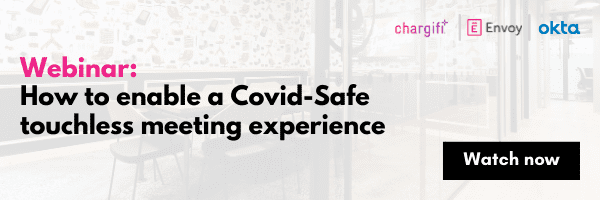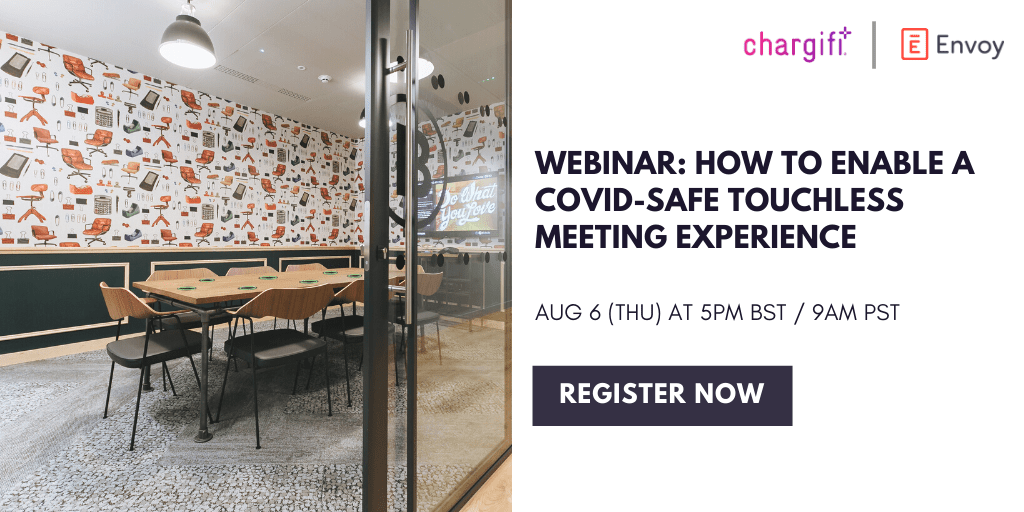Early on in his career, J. Willard Marriot, founder of the Marriott Hotel chain, was known for turning up late to meetings. The reason? Instead of hurrying to the boardroom, he’d be busy chatting with the housekeepers working in his hotels.
Getting to know them, checking in on their welfare, and asking questions such as: “How is your day going? What’s going well? What needs to be improved upon? Are they feeding you well?”
People first = business first
After all, your people are your most important assets. It’s their effort, energy and ideas that drive your business forward, generate value for customers and shape your brand. Take them away, and what are you left with? Bricks and mortar, no fresh perspectives, and no customer service. If you look after your people, other aspects of your business will look after themselves. You’ll be able to:
- Attract and retain the best talent
- Foster loyalty and commitment amongst your team
- Allow creativity and free thinking to thrive
- Remote working brought workplace wellbeing to the fore
During the pandemic, employee wellbeing rose to the top of the workplace agenda. People needed support to navigate their way through a global crisis. Companies across the world stepped up and tackled employee welfare in a way that hadn’t been done before.
Shopify gave employees a home office allowance. Culligan Water put in place an employee wellbeing package that included self-care videos and meditation classes. Intel established meeting-free Fridays, to combat online meeting fatigue. But the pandemic did more than just inspire employee wellbeing programs. It kickstarted the conversation around wellbeing at work. Zoom calls in bedrooms and kitchens introduced us to colleagues’ personal lives. It forced many of us to show vulnerability at work; something we’d not done before. It made it okay to be honest about how things were going.
Now, as we transition to a new, hybrid-shaped era, we’re presented with a choice. Do we go back to the way things were? Or do we hold on to this learning and make a people-first culture the norm?
The answer, of course, is the latter.
Hybrid: the ideal foundation for a people first culture
The pandemic has been an accelerator of change. The shackles of the five-day week sat at the same desk came off. No more office hierarchies, non-existent work-life balance, and two-hour commutes. We realized that work could be organized differently. A workplace structure that blends work and life didn’t have to impact productivity and creativity. In fact, it can enhance it.
The post pandemic, hybrid workplace has become more dynamic, flexible and focused on people. The gap between personal and professional life has been bridged. Jobs can now fit into lifestyles, rather than consume them. Collaboration and connection can still happen without making people come into a central office every day of the week. A hybrid office can provide a well-rounded, happy and cohesive workplace experience. It’s the ideal foundation for building a people-first culture.
7 tips to creating a people first organization
If a hybrid setup provides the foundation, what building blocks will help embed a people first culture in your organization?
1. Recognize effort and contribution
According to research by Gallup, workplace recognition motivates, provides a sense of accomplishment and makes employees feel valued for their work. In a people-first organization, contribution can take on a whole new meaning. What else, besides outputs, does a person bring to the organization? A flatter hierarchy gives everybody the opportunity to show up and demonstrate leadership.
2. Give employees a voice
A variety of internal communication channels, both informal and formal, will provide your people with opportunities to share their ideas and feelings. Give them access to c-suite staff. Include them at all levels in decision making, especially when it affects their area of work.
Helping people get heard will make them feel respected and valued. As an added bonus, you’ll also get valuable ground-level insight you can use to inform your business decisions.
Get our RTO survey toolkit to better understand how they prefer to work when they’re ready to return to the workplace.
3. Motivate by aligning employee roles to company purpose
If you don’t know why you’re doing something, it can be a struggle to feel fulfilled or motivated.
Human motivation has two distinct categories: extrinsic and intrinsic. Extrinsic motivation is driven by external consequences, such as a pay rise. Intrinsic motivation, on the other hand, is driven by the personal satisfaction of achievement and effort.
Intrinsic wins out over extrinsic every time. It’s more powerful. It leads to a richer, deeper sense of satisfaction that fuels a person’s wellbeing. Consider a nurse motivated by helping people get better versus a nurse focused on getting a pay rise. Which one gets the most job satisfaction?
Leaders who can activate intrinsic motivation will create a happy and fulfilled workforce. Make sure your team understands the company’s purpose and how each of them individually contributes to it.
4. Enable personal growth
Employees are more than cogs in a machine. Acknowledge that they’re individuals with personal ambitions and they’ll feel valued and supported. Embrace personal growth and provide as many opportunities for career development as you can. It’s a win-win. You’ll benefit from an increasingly skilled and loyal team. They’ll revel in the fact that you’re prepared to invest in them.
There is, of course, that nagging doubt that you’ll train somebody up and they’ll leave for a competitor. That might happen. But chances are, if you’ve shown a commitment to them, they’ll show it back to you.
5. Provide flexibility and work life balance
People have lives outside of work, and in a hybrid culture the line is often blurred. Time exclusively for family, friends and relaxation is as important as ever. Give people flexibility when they need it. Embrace asynchronous communication and reject micromanagement. Judge employees on their work and their impact on your mission, rather than how early they start or how many hours they can sit at a desk in the office.
6. Build trust
Trust is at the heart of a people first workplace. A flexible culture relies on employers trusting that people will get on with their job away from the office, without being watched. Employees also need to trust in the workplace environment. They need to know that they’re in a supportive and non-judgemental culture. A feeling of psychological safety will allow people to be honest and show vulnerability.
Trust can be built by:
- Taking responsibility for decisions and avoiding the blame game
- Acting on feedback
- Investing in your people’s personal growth
- Showing emotional intelligence
- Leading by example
7. Digital infrastructure to support flexibility
Hybrid represents a shift towards a more dynamic workplace culture. People are free to be more intentional about where they work and who with. Independence and autonomy to get the job done on their own terms. It’s empowering and has the potential to revolutionize work-life balance. But to get it right, organizations need to provide employees with the right infrastructure and technology to coordinate their working week.
Being able to easily synchronize time with colleagues, book desk space, and ensure access to amenities are all required to ensure their in-office time is a smooth and stress-free experience.
Kadence’s people-first mission
A people-first culture allows employees to thrive. It lays the foundations for a well-rounded and strong workplace experience in which people feel safe, valued, and empowered to do their best work and fulfil their ambitions.
Focusing on your people is a long-term strategy. It’s investing in a business culture equipped for sustainable growth. We’re on our own journey to embed a people-first culture. We realize it makes sense on an individual, business, and societal level. We also recognize that a people-first culture and hybrid working go hand in hand. Empowering employees with a workplace culture that removes friction from their working week and enables them to choose where and how they work. We won’t get everything right and we don’t have all the answers, but we’re committed to doing our best to grow our business with our people at the core.









